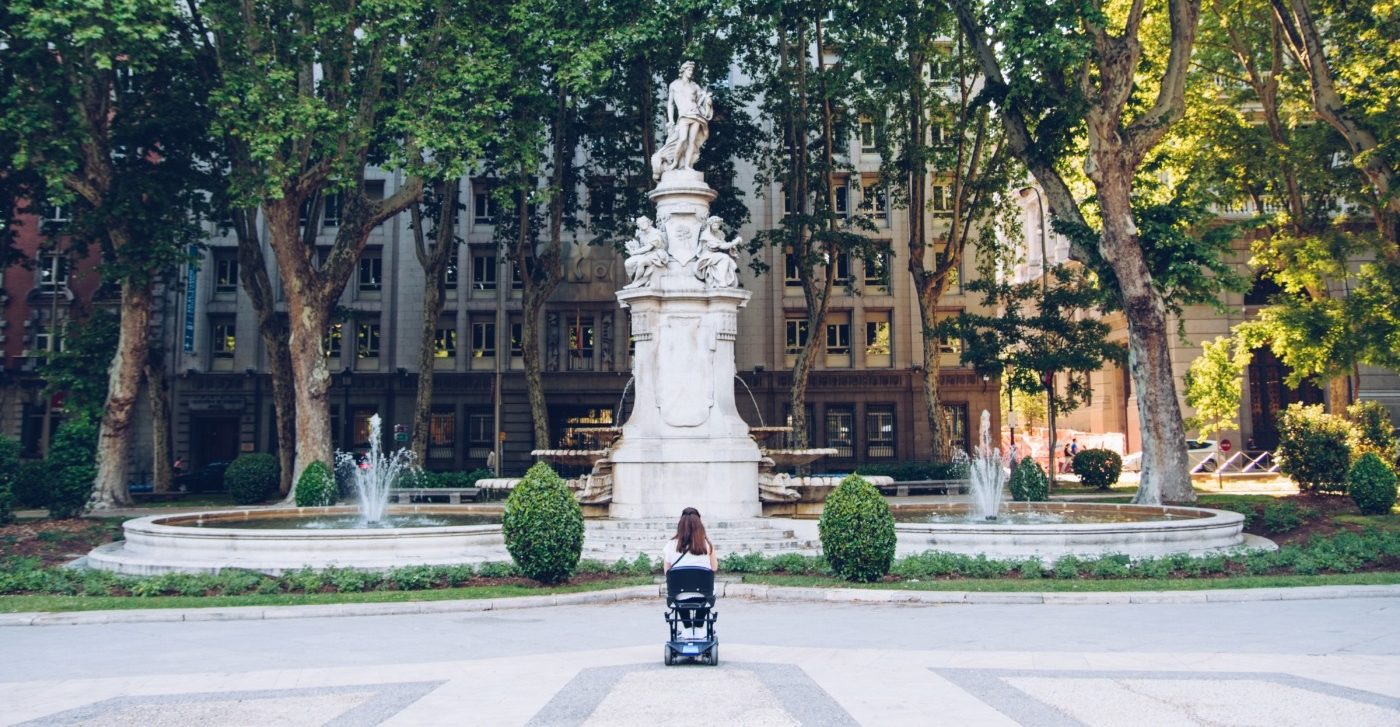Accessible Theatre: the work that still needs to be done
“We’re sorry the tour is running a bit late, we just need to work out how to get wheelchair access to the stage.” I’d taken a friend’s daughter to a touch tour for the visually impaired at a regional theatre only to be welcomed with these words. The possibility of a wheelchair user turning up to their event for disabled people simply hadn’t occurred to them, and last minute preparations were holding us up.
Herein lies the intrinsic problem with accessibility in theatres: the motivation is present but the execution is poor.
In recent years, many theatres have made a conscious effort to take steps towards more inclusive access. Ideas like relaxed performances, free tickets for carers, greater availability of wheelchair spaces have meant it’s easier than ever for everyone to go to the theatre. Added to this are the wealth of extra experiences such as touch tours, where people with visual impairments can feel the props from the show, and access individualised audio description provided through headsets that don’t affect the performance at hand. It seems that theatres are constantly thinking up new and exciting ways to engage with audiences who might have previously struggled to go and see a show.
The possibility of a wheelchair user turning up to their event for disabled people simply hadn’t occurred to them
This is great. Any effort towards inclusivity should be welcomed – but make no mistake, there’s still a very long way to go. Recently, Jane Ensell quit her job of eight years as an audio describer for the Sheffield Theatres group after discovering she was the only unpaid employee in the organisation. Her services, though invaluable to the people who needed her, were expected to be performed without payment. This is a damning indictment of the group that owns the Crucible, Lyceum and Studio theatres in Sheffield, as it appears they’re only interested in accessibility in so far as they can get it for free.
A 2017 report by the charity VocalEyes found that despite offering a range of tours, backstage events and additional services, “28% of theatres provide no access information of any sort on their website,” such as the availability of ramps, lifts and other facilities. This is completely indicative of the basic errors theatres are making in favour of presenting an ‘inclusive’ front to the world. Theatres that look accessible on the surface aren’t necessarily providing even basic services for people with disabilities.
Any effort towards inclusivity should be welcomed – but make no mistake, there’s still a very long way to go
“How will she be transferring into the seat?” the steward asked me, after my friend’s daughter and I had eventually completed the pre-show touch tour. I was confused. He’d taken us right up to a row of fold down seats and wanted to know how I planned to get a wheelchair-bound 10 year-old into one. “No, I requested a wheelchair space… she can’t leave the chair!” After much deliberation and furniture shuffling, we finally managed to find a space in one of the boxes.
Once you’re seated though, that isn’t the end of the battle. Many theatre’s “accessible” toilets are merely a glorified baby changing facility. The campaign Changing Places has recently received government recognition for the need for fully accessible toilets. Under legislation that came into effect on 24th December 2018, all new public buildings will have to provide toilets with adequate space, hoisting equipment, a large changing bench and other accessibility features. “All new buildings”; so far no such requirement is in place for existing buildings.
Many theatre’s ‘accessible’ toilets are merely a glorified baby changing facility
Not many recent statistics exist for theatre ticket sales but the average ticket price for a London musical in 2018 was £49.93, according to The Stage. With prices so high, why can’t people with access requirements get the basic services and facilities they need to see a show?
Rather than appeasing equality and diversity quotas by putting on additional events, tours and workshops, theatres need to focus on providing the means by which people with disabilities can actually, comfortably attend their shows. Consultation with disabled audience members would also help to highlight the immediate needs of service users.
Change is happening, and it’s moving in the right direction. Theatres want to be accessible and open to all, but it’s not clear whether they know exactly how to do that. There is more work to be done if theatre is to become truly accessible to all.

Comments